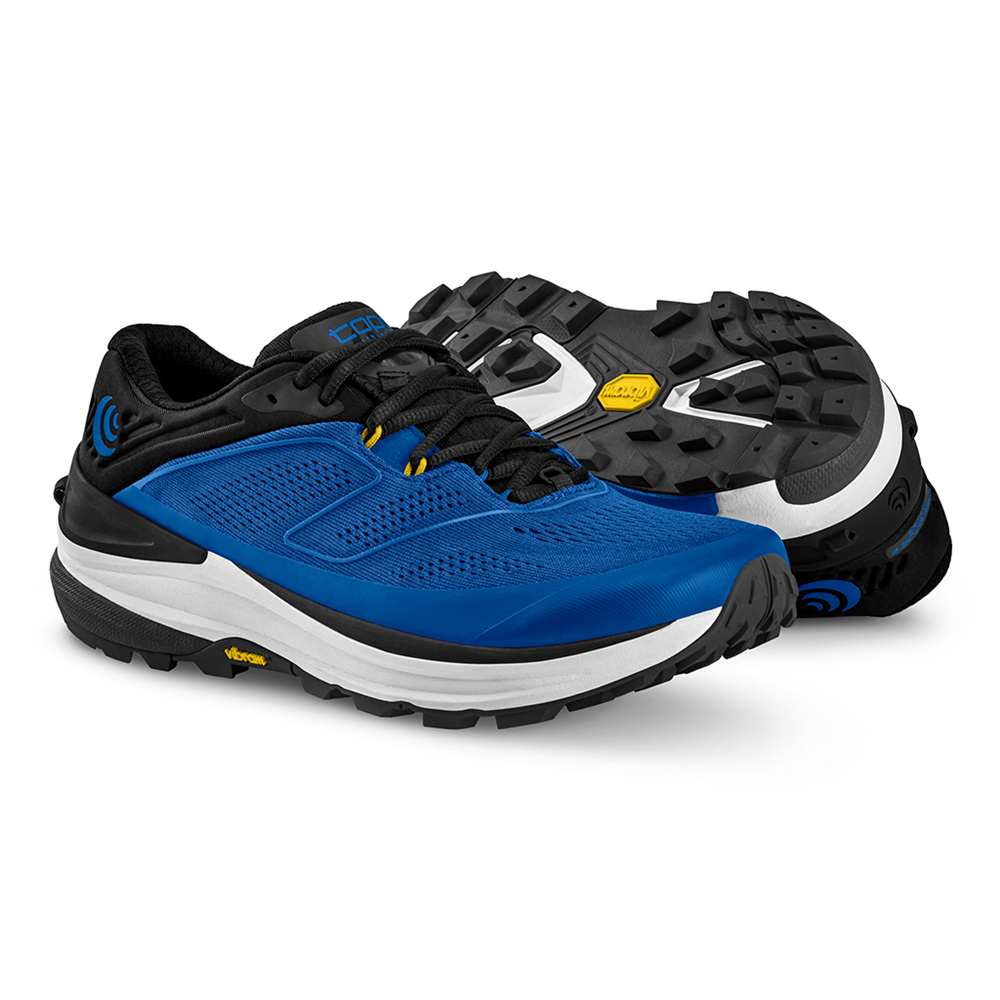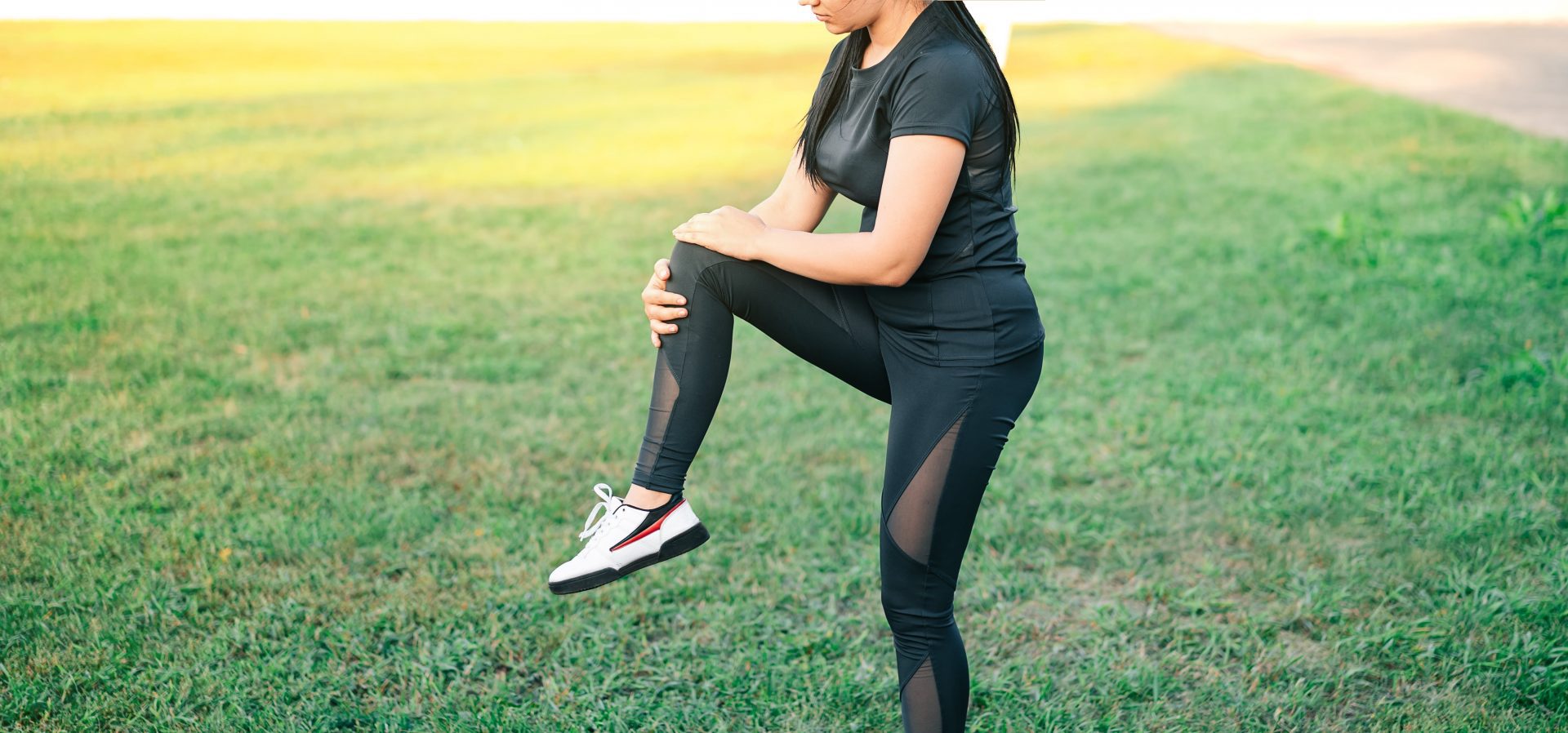Runners often experience bodily pains related to repetitive and strenuous exercise. A very common running injury is runner’s knee, which shows up as mild to extreme knee pain. As with any type of sports-related injury, proper rest and the correct treatment will do wonders for your recovery. However, just because your runner’s knee has improved doesn’t mean you should immediately get back into your running routines. While some runners may try to push through mild knee pain and feel fine, this may cause more issues further on.
To learn more about how to safely return to running after a knee injury, keep scrolling down.
Symptoms of a running knee injury
Sometimes, your doctor or physical therapist might get you to rate your knee pain on a numeric scale or do a questionnaire to help categorise and quantify the pain. If they diagnose it as a simple ache, you might be able to continue running right away. However, if they categorise it as a knee injury, you may need to start working towards recovery. Pain is the most telling of a knee injury when it shows up in or around your knees. Here are some points to tick off:

- You feel pain in, around, or behind your kneecap.
- You have felt an ache or tightness in the knee(s) and it has worsened into a deeper, sharper, stabbing pain.
- The knee pain started gradually or suddenly while you were running or had just finished a run.
- The knee pain appears whenever you use your knee joints to perform everyday actions like walking, running, kneeling, squatting, and pushing up to stand.
- The knee pain becomes worse when you are walking down a hill or steps.
Causes of knee injury from running
While knee pain is a common condition in runners, it can result from many activities outside of running.
- Overuse: Repetitive physical activity of any kind that uses the knee will cause microtrauma to the area over time. In running, going at a pace too high above your ability, suddenly increasing the distance covered, or using exercise equipment that is too heavy or intense will put you at risk of developing a knee injury. Jumping straight back into running after a knee injury can also overwork your knees.
- Misalignment: Sometimes people are born with misaligned joints and bone structures that can cause pain from day one. For instance, an undiagnosed hip dysplasia in infancy can cause back and hip pain later in life, while wearing tight and narrow shoes for fashion or for exercise (e.g. ballet) can cause bunions that alter your arch, gait, and stability.
- Gait issues: As mentioned above, misalignment or structural issues can cause an altered gait. Dragging your feet, running with a heel strike, landing on straight knees, or splaying your feet out during a run that can lead to your ankle collapsing inward are all issues with your gait and stride. This can negatively affect your running posture, foot stability, and cause discomfort while running.
- Direct Trauma: Running on your heels repeatedly causes the shock from landing to shoot up to your knees. Your knees are not designed to absorb this amount of impact and will start hurting over time. A bad fall or accident that causes a big blow to the knees can also send you into the surgical room. If you overwork your knees before fully healing, this will cause the recovery period to stretch on.
- Joint disease: Gout, osteoarthritis, rheumatoid, psoriatic, or reactive arthritis are common knee diseases and conditions that cause knee pain and other issues. These can cause your knees to swell, feel stiff, and be painful. Other symptoms range from eye pain and bodily fatigue. If you experience chronic knee pain that running has exacerbated, seek medical attention immediately.
How to run after injury to your knees: prevention and care
Once you have a diagnosis, your next step should be to start treatment and begin planning how to stay injury free running. Whether it’s just a simple ache or a real injury, your chances of getting recurring knee pain will not decrease unless you take preventative measures. Take this advice when returning to running after a knee injury.
- Insoles: If you have a bodily misalignment, an altered gait, or flat arches, wearing a fitted insole can do wonders for your comfort. Insoles cushion and provide extra support to straighten or balance out your gait, and can be worn inside both your running and everyday shoes.
- Running shoes: Speaking of running shoes, it might be time to update your running gear. Soles whose ridges have been smoothed out from constant friction, a compromised heel counter, or even a worn heel can negatively impact your running form and comfort. Luckily, our online running store stocks a great range of high quality running shoes and other running accessories to make running all the more enjoyable.

- Strength training: Don’t underestimate the health and joint benefit of strength training for your knees. Improving your hip, core, quadriceps, hamstring, glutes, and calf strength can help stabilise your lower body muscles needed for an effective run.
- Running nutrition: Building muscle and maintaining your bone health starts with good nutrition. Getting 1,100 to 1,300 mg of calcium from leafy greens and dairy can help you meet your daily intake. Food rich in omega-3 like salmon will keep joint inflammation at bay. Carrying some energy gels for running long distances can help replenish your glycogen and electrolyte stores and even neutralise the lactic acid build-up.

- Rest: Your doctor might recommend that you avoid running for a week or so to properly recover. Make sure to follow medical advice and not to overwork your knees while they are recovering.
Comfortable return to running after knee injury
Now you know how to keep knee pain at bay, start making some positive changes to your running form, running apparel, exercise, and diet as needed. After all, running should be enjoyable enough for you to stick to it, while causing more positive impacts on your body than negative ones. And you might find that the simplest additions to your routine can be a huge benefit, like wearing running sunglasses for running in bright or high-glare conditions, or a calf compression sleeve can help improve blood circulation and prevent shin splints.
Find what works for you and start running in comfort once again.









